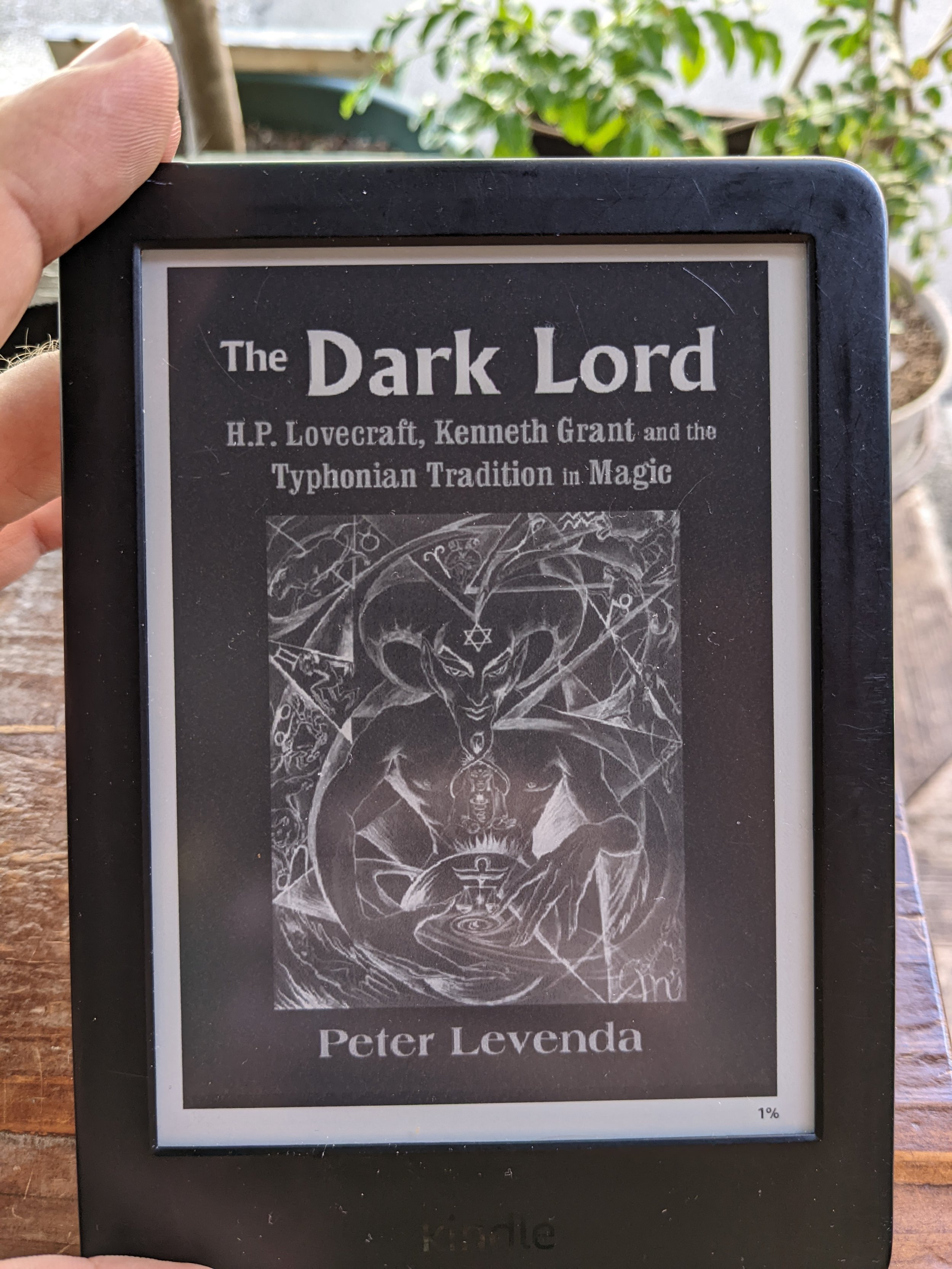PARMENIDES - PLATO (trans. R. E. ALLEN)
Damn, this one might have been over yaboi’s head. It’s been a while since I’ve fucked around with some ancient Greek philosphy (tho, I did read the Odyssey again earlier this year), and I’m not unfamiliar with it, I’ve read the Symposium and Republic as well as some of Aristotle’s Metaphysics in academic and personal settings as well as a smattering of pre-Socratic folks, but this was easily the most confusing and head-fucky of any that I’ve worked my way through. I will be honest, the scan of this work I got was not good, so it was hard to read and I therefore did not read the entirety of the commentary afterwards. The work itself was about 70 pages long, which I read in its entirety, then Allen provided hundreds of pages of historical notes and commentary afterwards, which I skimmed. I supplemented it with various internet commentaries afterwards to give myself a better understanding of some of the arguments being made in the text. The dialogue itself is between a young Socrates (already interesting, I think of him as perennially old and wise) and a tag-team of Zeno (of Paradox fame) and Parmenides. Zeno actually makes a strange argument that is dismissed pretty early then the elder Parmenides steps in as the sort of final boss and goes off for the rest of the text. The first part has to do with Forms, a concept of Plato/Socrates that I’ve always found a bit strange and unuseful. Parmenides, in my estimation, is able to show lots of contradictions and paradoxes with idea, ending on the insight that our knowledge comes from the material world, not the world of Forms, which do not interact, definitionally, and thus we cannot have knowledge of the Forms. Then it gets super wild and dives into issues about The One. He seems to be trying to answer the questions of whether or not all of existence could be thought of as a plurality or as One. He lays out various things you would have to believe about the one, some of which seem self-contradictory or paradoxical, like it couldn’t be made of parts, but it also couldn’t be whole since wholes are made of parts, or that contains both being and non-being. It actually really reminded me of the Mūlamadhyamakakārikā, which I read earlier this year, which also deals with reality being One or empty or its general strangeness. Again, parts of this were so confusing, I would like to engage with it in a more rigorous academic setting with someone who was fluent in Greek. Many times I wondered if a confusion of mine had to do with the actual content or with the strange way the Greek translated into English. For example, there was talk of an object “participating in the Form of Bigness” which is a strange, to me, way of saying something is big and made me wonder how much I was missing by not being able to read ancient Greek. But I’m sure I’ll think about it for a while, for what it’s worth, I preferred the Mūlamadhyamakakārikā but this was certainly worth engaging with. It’s insane that someone can still blow your mind from a distance of 2,500 years. 348 One



















